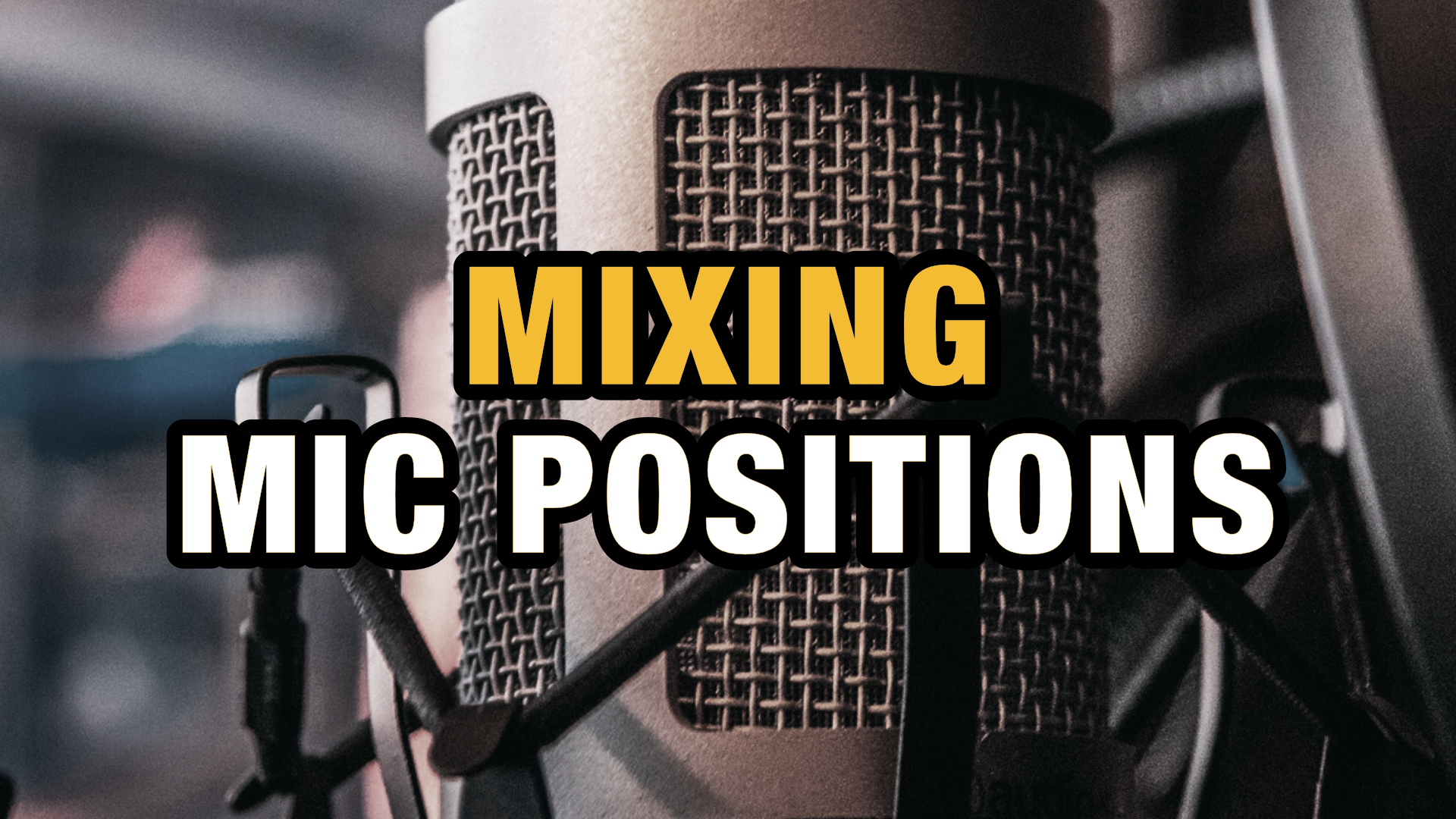 Most modern sample libraries, especially in the orchestral and cinematic niche, have been recorded with several microphone positions. Often the microphones themselves are of different types with unique character for even more variation.
Most modern sample libraries, especially in the orchestral and cinematic niche, have been recorded with several microphone positions. Often the microphones themselves are of different types with unique character for even more variation.
This gives you huge power as a music composer, as you can decide afterwards how to mic each instrument section of your composition.
Do you want your violins to be more present and focused? Perhaps you want your brass section to be pushed further back in the mix? All this can be easily solved by using the included microphone position mixer in the sample libraries you use.
How to use Microphone Positions
The 3 most common microphone positions in orchestral instrument recordings can be summed up pretty much as: close, medium, and far. Meaning the distance between the microphone and the instrument.
They can be labelled differently such as: “close” or “spot” for the closest microphones. “Room” or “decca” for the standard room sound which is often the perspective of the conductor. And “hall” or “stage” for the far mics.
Naturally the closer the microphone is, the more of the “dry” focused sound of the actual instrument you will have, but even close mics will of course have some of the room acoustics recorded in them as well. But if you want more of that focused and tight sound, boost the close mic.
And vice versa, so if you want to push the instruments back, you can even remove the close mic altogether. I like to do this on backing ensembles playing chords, like sordino strings or soft brass.
Another important aspect to consider when mixing microphone positions is the stereo image. If you use the mid mics (decca tree microphones) or hall/room mics, you get the natural stereo image of the room. But the closer the microphone is to the source, the less pronounced the stereo image will be.
Spot microphones are pretty much mono in sound. So I like to actually pan the close microphone a bit, so that it aligns with the natural stereo placement of the instrument section.

